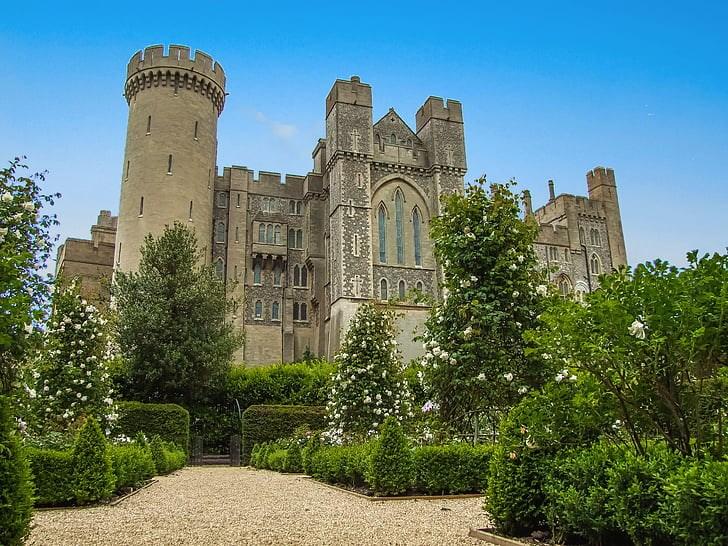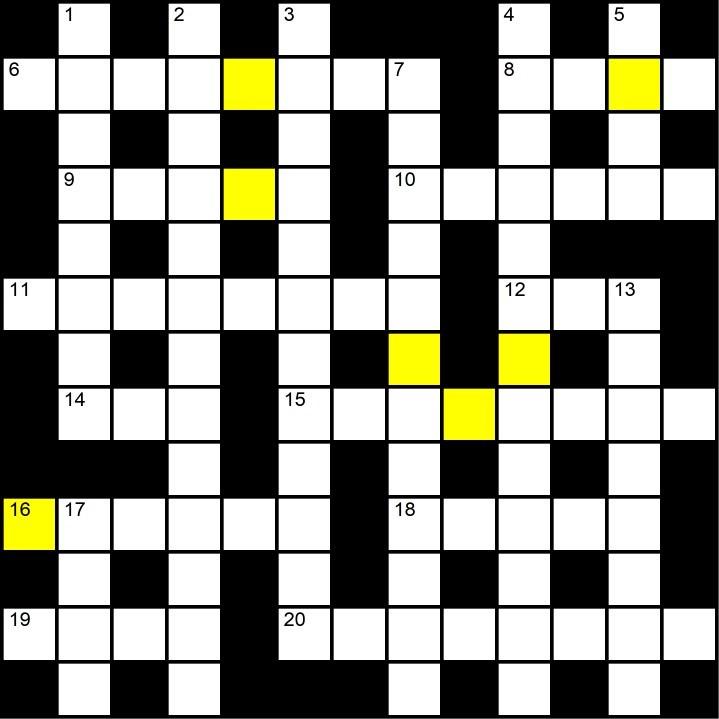History
through the door
25
Ford Rail Bridges over the River Arun
By Allen Misselbrook, Yapton & Ford Local History Group As part of the expansion of the railway systems in England, the construction of the south coast railway section between Worthing and Chichester was completed in the mid 1840’s. The section between Worthing and Littlehampton opened in March 1846 while the single line section between Littlehampton and Chichester opened in June of that year. It was sometime later that the line to London via Arundel was built. The major obstacle for the planners was how to cross the River Arun. The main stipulation insisted by the Admiralty was that a gap of 60ft must be obtainable for ships to pass up the river to the port of Arundel. Two schemes were considered, one from John Eede Butt, an engineer and timber importer based in Littlehampton (Travis Perkins is the descendant of JEB’s company) whose proposal was for a swing bridge with a central tower in the middle of the river. The second proposal was by a railway engineer, John Rastrick, who proposed a telescopic design. The contract was awarded to Rastrick but the responsibility for its construction was given to Butt who was to build it from timber imported by himself into Littlehampton. Rastrick’s design was 273 feet long with a removable section of track 144 feet long. Rising up from this section was a tower 34 feet high. To operate the telescopic bridge a 63-foot section of track on the eastern bank of the river was mechanically moved sideways on wheels to allow the centre section of the bridge to be wheeled backwards into the vacated space. It was claimed that two men and one boy could open the bridge in 5 minutes. As a safety precaution a speed restriction of 10 mph was placed on trains when crossing the bridge. Ford Rail Bridge 1846 Original Opening Bridge - Illustrated London News
tion of line. The specification for this new bridge only required a gap of forty feet for shipping to pass through. If a report published in the West Sussex Gazette on the 31st July 1862 is to be believed, once the last train to pass over the old bridge ‘on Sunday last’, work started on diverting the tracks from the old bridge to the new bridge and was opened to rail traffic ‘on Sunday last’ in time for Goodwood Week. This seems an incredible feat if true. Ford Rail Bridge 1864 Open-Tall-Boat
It took eight minutes to open the new bridge and, with the aid of gravity, only five minutes to close. That was only part of the story though because the bridge was used as the conduit for many pipes and wires crossing the river. Each one had to be disconnected and then reconnected every time the bridge was opened. Priority was given to river traffic and It was not unusual for railway traffic to be delayed for up to forty-five minutes each time the bridge was opened. To make train drivers and ship’s masters aware of the situation at the crossing, a system of coloured flags and a mechanical semaphore system was devised. The sequence of operation for opening and closing of the bridge was strictly adhered to and was under the control of the Station Master at Ford. A register had to be kept recording when each element of the process had been completed. Ford Rail Bridge 1908
The design of the bridge was quite adequate until the single line track was upgraded to two lines in 1857. The bridge had to be replaced as it was no longer fit for purpose. A new, iron, bridge was designed by R. Jacomb Hood who was the Chief Engineer of the L.B. & S.C.R. and built by Henry Grissell of the Regent’s Canal Ironworks of London. The bridge was constructed alongside the original one in 1862. The design still required the centre section to be retracted but this time on an incline so that the ninety-foot long moveable part could ride up and over the fixed eastern sec-
During its busiest time the bridge was opened in the region of eighty times a year but as Arundel declined as a port the need to open the bridge reduced. One report claims that it did not open at all between the years of 1919 to 1928 This means of crossing the river continued in use until 1938, a period of seventy-six years, when, with the coming of the electrified line, the bridge was replaced with a fixed bridge over the River Arun.













